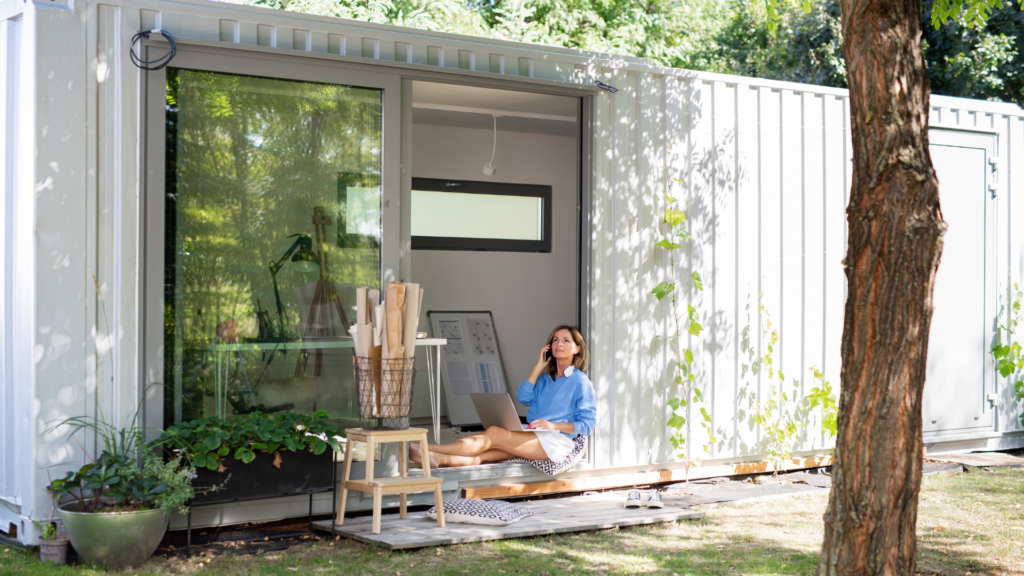
The Benefits and Drawbacks of Container Housing

Container housing, also known as container homes or shipping container homes, is a housing solution that utilizes repurposed shipping containers as the primary building material. These containers, originally designed for transporting goods, are transformed into living spaces by modifying and connecting them together. Container housing has gained attention for its potential to offer affordable and sustainable housing options. In this article, we will explore the benefits and drawbacks of container housing and discuss its potential future in the housing industry.
What are the Benefits of Container Housing?
There are a few key reasons why container homes are so much cheaper than traditional stick-built homes. The first is that container homes are typically much smaller than traditional homes. This means less material is used in their construction, which reduces the overall cost.
Another reason container homes are cheaper is that they can often be built using recycled materials. Shipping containers are typically made from steel, which can be recycled and reused. This means that the materials used to build a container home are often cheaper than those used in a traditional home.
Finally, container homes can be built very quickly. Because the materials are so readily available and the construction process is so streamlined, container homes can often be built in a matter of weeks. This greatly reduces the labor costs associated with traditional home construction.
What are the Drawbacks?
First, container homes aren’t for everyone. If you’re not comfortable living in a smaller space, or if you have a lot of stuff, a container home probably isn’t the right fit.
Second, container homes can be challenging to heat and cool. Because they’re made of metal, they tend to retain heat in the summer and lose heat in the winter. You’ll need to be careful about how you insulate your home to make sure you’re comfortable all year round.
Finally, container homes can be challenging to finance. Because they’re not as common as traditional homes, it can be hard to find a bank that’s willing to finance one.
Conclusion: The Future of Container Housing
There is no one-size-fits-all answer to this question, as the future of container homes will depend on a variety of factors, including the needs and preferences of the people who live in them. However, there are a few potential trends that could shape the future of container homes.
One trend that could impact the future of container homes is the increasing popularity of tiny homes. As more people become interested in downsizing and living with less, it’s likely that container homes will become more popular as affordable and sustainable options.
Another trend that could affect the future of container homes is the increasing awareness of the need for sustainable building practices. As more people become concerned about the impact of construction on the environment, it’s likely that container homes will become more popular as a way to reduce waste and build in a more sustainable way. Learn More!